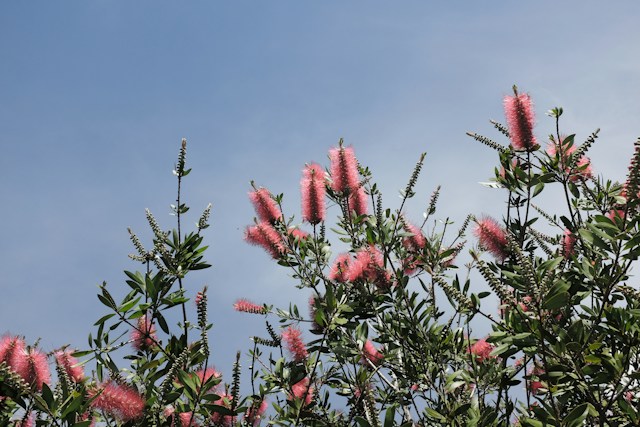Native plants, specifically tailored to the region’s unique climate and soil conditions, offer many benefits beyond mere aesthetics. Read on to learn more about the major role that native plants play in Florida’s landscape design, exploring their environmental, economic, and ecological advantages.
Thriving in Harmony with Nature
Florida, to be specific, Sarasota’s climate, characterized by warm temperatures, high humidity, and occasional tropical storms, demands a landscaping approach that aligns seamlessly with its natural ecosystem. Native plants inherently adapt to these conditions, requiring minimal maintenance and water resources. By choosing native flora, landscape designers preserve the local ecosystem and reduce the need for excessive watering and chemical interventions.
Biodiversity Boost
Introducing non-native species can disrupt the delicate balance of the ecosystem. Native plants, on the other hand, provide essential habitat and food sources for local wildlife, including birds, insects, and mammals. Embracing native plant species in landscape design fosters biodiversity, contributes to the environment’s overall health, and creates a sustainable, interconnected ecosystem.
Water Conservation Champions
As water scarcity becomes an increasingly pressing issue, landscape designers are turning to native plants as water-wise alternatives. These plants have evolved to withstand periods of drought, reducing the demand for irrigation. In turn, this promotes water conservation, ensuring a more sustainable approach to landscaping that aligns with the region’s environmental goals.
Storm Resilience
Florida is no stranger to tropical storms and hurricanes, so tropical landscaping has to be done accordingly. Native plants have evolved to withstand the impact of these weather events, making them more resilient in extreme conditions. By incorporating native species into landscape designs, property owners can enhance their outdoor spaces’ ability to withstand and recover from storms, reducing the risk of damage and erosion.
Economic Benefits for Homeowners
Beyond their ecological advantages, native plants offer economic benefits for homeowners. Due to their adaptability and reduced need for maintenance, native landscapes often require fewer resources and expenses over time. Lower water bills, decreased reliance on pesticides, and minimal upkeep contribute to a cost-effective, sustainable landscaping solution for homeowners in Florida.
Preserving Cultural Heritage
Native plants often hold cultural significance for local communities. Incorporating them into landscape designs connects residents with the region’s rich natural heritage and helps preserve the unique ecosystems that define the Sarasota area. This cultural connection adds depth and authenticity to landscape designs, fostering a sense of pride and identity among residents.
Education and Awareness
By prioritizing native plants in landscape design, Florida residents and visitors are offered an opportunity for education and awareness. Local botanical gardens and educational programs can showcase the importance of native flora, promoting a deeper understanding of the region’s unique ecosystems and inspiring sustainable practices in landscaping.
Incorporating native plants into the Florida landscape design is more than a stylistic choice. It’s a commitment to environmental stewardship, biodiversity conservation, and the community’s well-being. As you navigate the challenges of a changing climate, Sarasota Landscaping Inc. helps you embrace the resilience and adaptability of native plants, which is a step towards creating landscapes that thrive in harmony with nature. Contact us for a consultation today!

